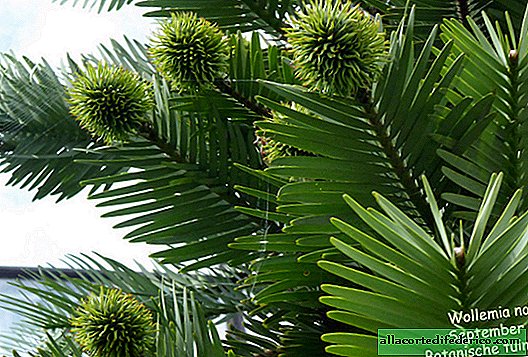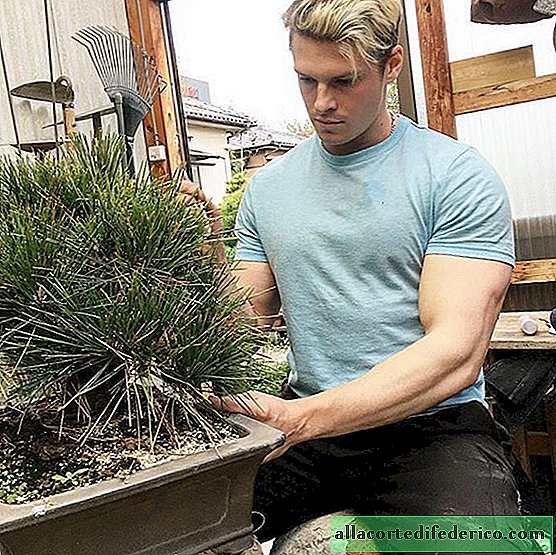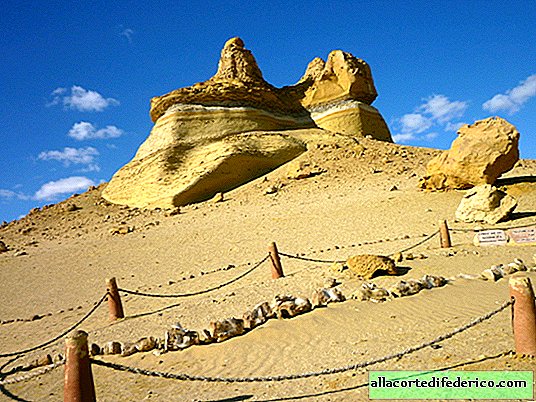Wolemia - relic coniferous, which miraculously survived from the time of dinosaurs
According to most biologists, on our planet there are still many plant species that are not open and not described by scientists. Studies of inaccessible mountain forests or impenetrable equatorial jungles almost always lead to the discovery of a new species, and in each case it is a great joy for the scientist. But if the discovery of a new species is a pleasant surprise, then the discovery of a plant species that was considered extinct long ago becomes a real scientific sensation. This is exactly what happened when, in 1994, Australia accidentally stumbled upon a relic coniferous plant that grew on Earth in the era of dinosaurs and was considered forever lost. Today we will talk about vollemia - the national treasure of Australia.
 Noble wolemia
Noble wolemiaWollemi National Park is located in New South Wales. It was created to protect unique eucalyptus forests with rich species diversity, as well as to preserve representatives of the Australian fauna. But this park gained wide popularity not as a unique place of growth of 70 species of eucalyptus, but as the only place in the world where in the wild you can see a relic plant called vollemia (noble vollemia, lat. Wollémia nóbilis). This species is a contemporary of dinosaurs and was widespread during the Jurassic period.
 Wallemi National Park
Wallemi National ParkThe first grove of several miraculously preserved trees was discovered by David Noble. He examined one of the canyons in Wallemi National Park when he unexpectedly stumbled upon a strange plant. The "guest from the past" he discovered was later named after the discoverer, as well as the national park in whose territory he was found. Later, another group of trees was discovered, and in total about 60 plants of different ages were found in the park, which had a maximum height of 40 meters. According to biologists, the oldest vollemia at the moment is about 1000 years old.
 Bump of wolemia
Bump of wolemiaWolemia belongs to the Araucariaceae family, a department of coniferous plants. But, in addition to its ancient origin, vollemia also has a very unusual appearance. Of course, you can catch some resemblance to fir and pine, but on the whole it looks more like a tropical palm, especially at a young age. This impression is due to the fact that the plant does not form lateral branches on the shoots of the first order.
 Adult vollemia
Adult vollemiaThe discovery of vollemia caused a great stir not only in the scientific community, but throughout the Australian society. A rare plant began to be comprehensively studied and, of course, propagated by all available means so as not to lose its precious appearance again. Today, vollemia is no longer threatened with extinction: this species is listed in the Red Book, and the descendants of trees from Australia already grow in many botanical gardens of the world.

















